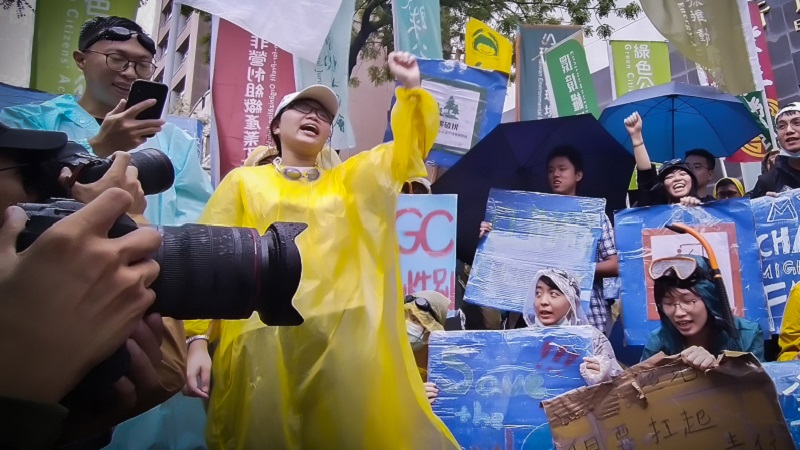When Taiwan makes climate headlines, it’s usually only because of the nation’s impact on the US and China’s climate talks.
But the island is important in its own right too. It is the 22nd biggest emitter in the world and is highly at risk from storms and sea level rise.
Taiwan’s government has made two big moves on climate recently, but these might not guarantee success unless the country cleans up its biggest source of emissions: industry.
Key moves
First, on December 28, it allocated US$30 billion for climate investments up to 2030.
Known as the 12 key strategies, this money will be spent on renewable energy, hydrogen, carbon capture and storage, energy efficiency, mobilising lifestyle change and making the energy transition fair to workers.
Then, on January 10, the government passed the climate change response act. This made Taiwan the 18th country to set a legally binding net zero target. It aims to reach that target by 2050.
It introduced a carbon levy, bulked-up the country’s institutional capacity to adapt to cliamte change and established governing structures and funds for a just transition.
Industrial footprint
This is all progress. But it’s still insufficient to ensure that Taiwan meets its climate pledges.
Azerbaijan weaponises conservation law in conflict with Armenia
The biggest failure is that the 12 key strategies do not have a coherent action plan to decarbonise industry – despite the sector producing more than half of the country’s emissions.
Instead of a specific strategy, measures to cut emissions in difficult industries are just scattered across plans on hydrogen, energy efficiency, carbon capture and other areas.
On top of this, the funding isn’t guided by mission-oriented principles. It should focus on speeding up the market readiness of hydrogen – but it only provides $150m for the technology.
There’s flaws in the climate change response act too. It doesn’t set up an independent advisory body on climate, like the UK and at least 21 other nations have.
Africa objects to US chairing UN climate fund, citing unpaid $2bn
It makes companies pay only part of the social cost of their emissions through the carbon levy. The proposed reforms of fossil fuel subsidies were scrapped because of the energy crisis and the finance ministry blocked broader tax reforms.
Finally, the introduction of climate litigation was blocked because of the judicial and administrative system’s lack of familiarity with the concept.
Carbon pricing
But there were wins for climate campaigners too. The criteria for carbon offsets were tightened in the carbon levy scheme and the share of revenues which goes back to large emitters was limited.
Despite killer floods, Nigerian presidential frontrunners dismiss climate change
The European Union’s proposal to tax polluting goods at the border from countries without carbon prices helped Taiwanese climate campaigners.
Taiwan is reliant on exports and the EU is a major customer. So polluting industries softened their traditional opposition to carbon pricing.
But industry is still lobbying for low levy rates, loose offset rules and subsidies.
So the government must develop more policies – like carbon contracts for diference and purchase commitments – to help industry transition to climate-friendly technologies.
The G7 group of big, wealthy countries is trying to speed up the cleaning up of industry through what it calls a climate club.
Those countries must set up hubs to help share knowledge with big manufacturers like Taiwan.
